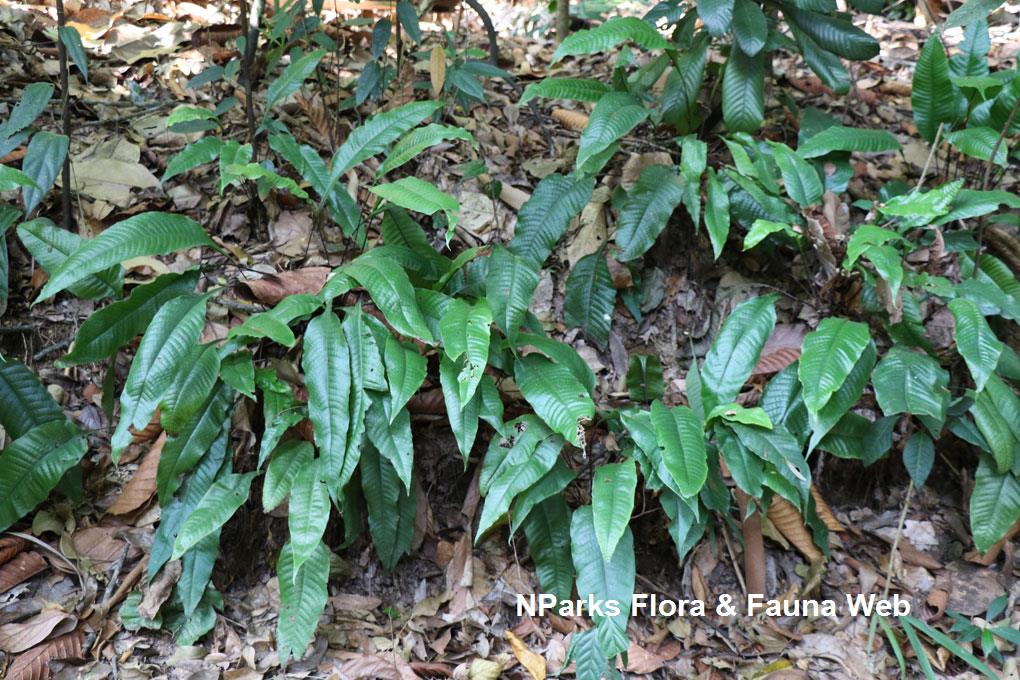
Back
Tectaria singaporiana (Wall. ex Hook. & Grev.) Copel.
| Family Name: | Tectariaceae |
| Common Name: | Paku Biawak, Monitor Lizard Fern |
Name
Classifications and Characteristics
| Plant Division | Ferns & Lycophytes (Non-Seed Vascular Plants) (Fern) |
|---|---|
| Plant Growth Form | Herbaceous Plant |
| Lifespan (in Singapore) | Perennial |
| Mode of Nutrition | Autotrophic |
Biogeography
| Native Distribution | Peninsular Thailand and Western Malesia |
|---|---|
| Native Habitat | Terrestrial (Primary Rainforest, Mountain, Secondary Rainforest, Freshwater Swamp Forest, Riverine) |
| Preferred Climate Zone | Tropical, Sub-Tropical / Monsoonal |
| Local Conservation Status | Native to Singapore (Least Concern (LC)) |
Description and Ethnobotany
| Growth Form | It is a rhizomatous, terrestrial herb with erect fronds emerging from the ground, up to 85 cm tall. |
|---|---|
| Foliage | Its fronds are erect, with a reddish brown stipe (stalk) that is scaly at the base and with hairs pressed against the surface towards the top, up to 45 cm long. The laminar is simple and entire, broadly lance-shaped with a long, prominent tip and narrowed base, up to 40 cm long and 10 cm wide. Fertile fronds are narrower. |
| Reproductive Parts - non-flowering plant | The round, spore bearing pouches (sori) are borne on the lower side of the laminar, about 1.5 mm in diameter. |
| Habitat | It grows in lowland forests, in damp and shaded places, often near streams. It occurs locally in Bukit Timah Nature Reserve and Central Catchment Nature Reserve. |
| Cultivation | It can be propagated by spores or division of the rhizomes. |
| Etymology | Latin Tectaria, roofed, referring to the complete indusium (a covering that protects the young sporangia), Latin singaporiana, from Singapore, referring to one of the natural geographical distributions of this species. |
| Ethnobotanical Uses | Medicinal: Used a cure for fever and as a post natal tonic in Malay folk medicine |
Landscaping Features
| Landscaping | It is suitable for wet, and damp shaded places in parks or gardens. |
|---|---|
| Desirable Plant Features | Ornamental Foliage |
| Landscape Uses | Parks & Gardens, Small Gardens, Interiorscape/ Indoor Plant, Container Planting, Terrarium |
Fauna, Pollination and Dispersal
| Seed or Spore Dispersal | Abiotic |
|---|
Plant Care and Propagation
| Light Preference | Semi-Shade, Full Shade |
|---|---|
| Water Preference | Moderate Water, Lots of Water, Occasional Misting |
| Plant Growth Rate | Slow |
| Rootzone Tolerance | Moist Soils, Well-Drained Soils, Fertile Loamy Soils, Easy to Grow |
| Propagation Method | Spore, Division |
Foliar
| Foliage Retention | Evergreen |
|---|---|
| Mature Foliage Colour(s) | Green |
| Mature Foliage Texture(s) | Papery |
| Foliar Type | Simple / Unifoliate |
| Foliar Shape(s) | Non-Palm Foliage (Lanceolate) |
| Foliar Margin | Entire |
Image Repository
Others
| Master ID | 283 |
|---|---|
| Species ID | 1579 |
| Flora Disclaimer | The information in this website has been compiled from reliable sources, such as reference works on medicinal plants. It is not a substitute for medical advice or treatment and NParks does not purport to provide any medical advice. Readers should always consult his/her physician before using or consuming a plant for medicinal purposes. |

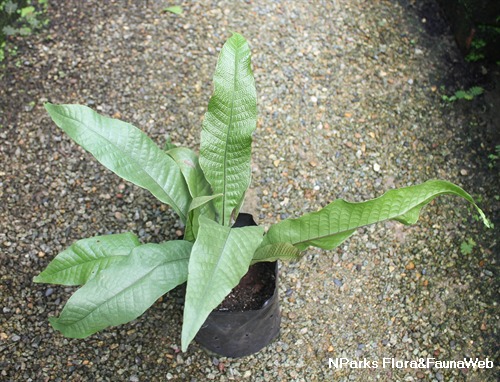
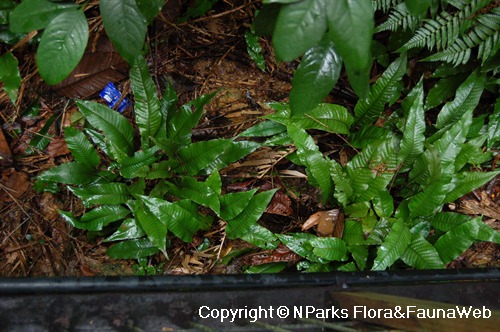
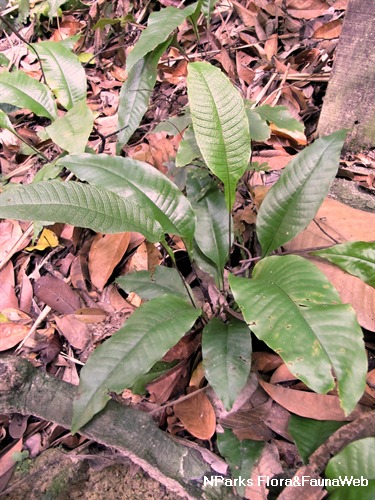
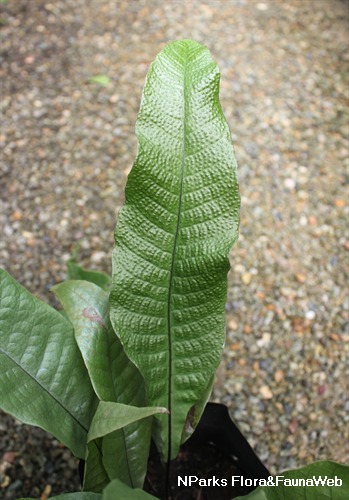
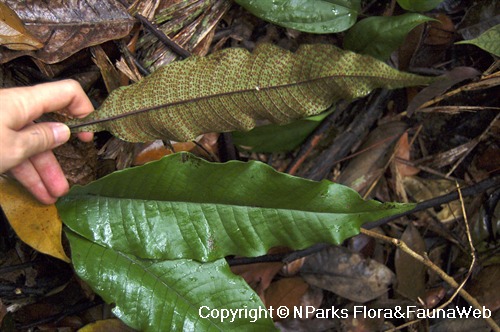
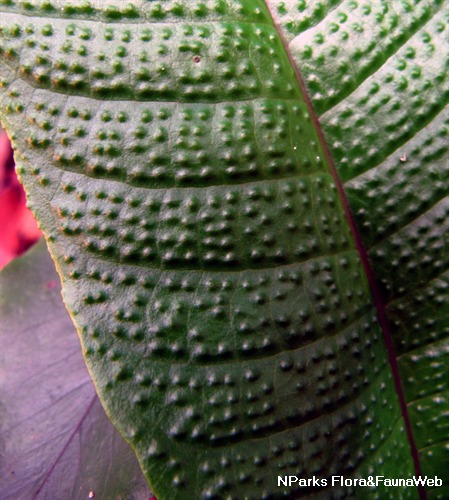
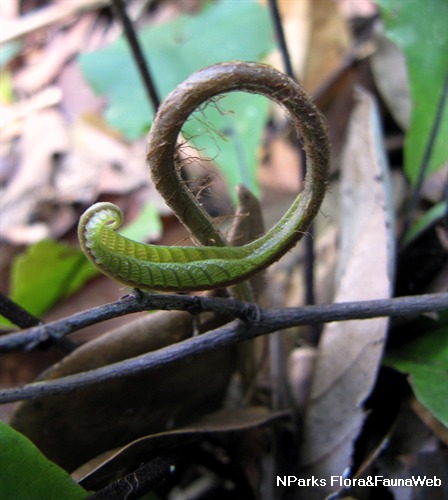
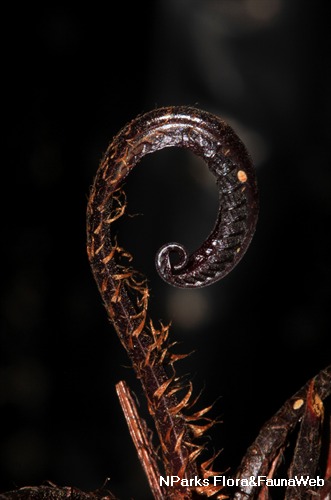
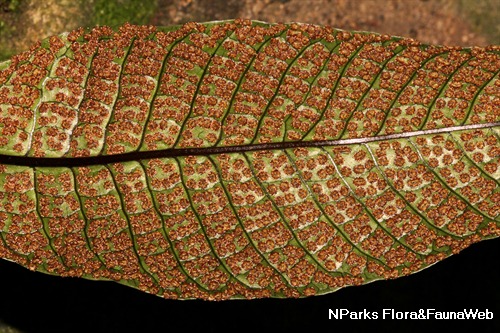
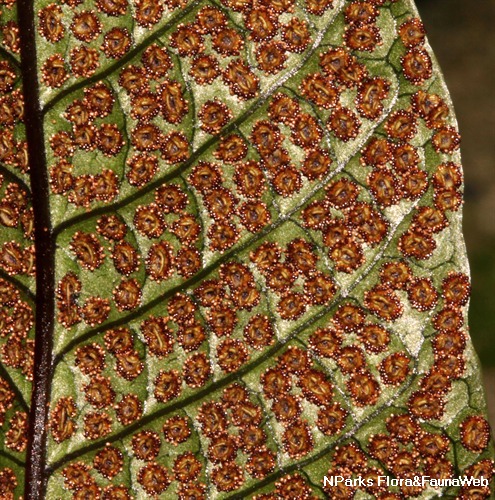
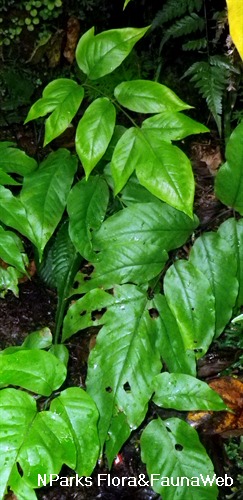
.jpg)

.jpg)